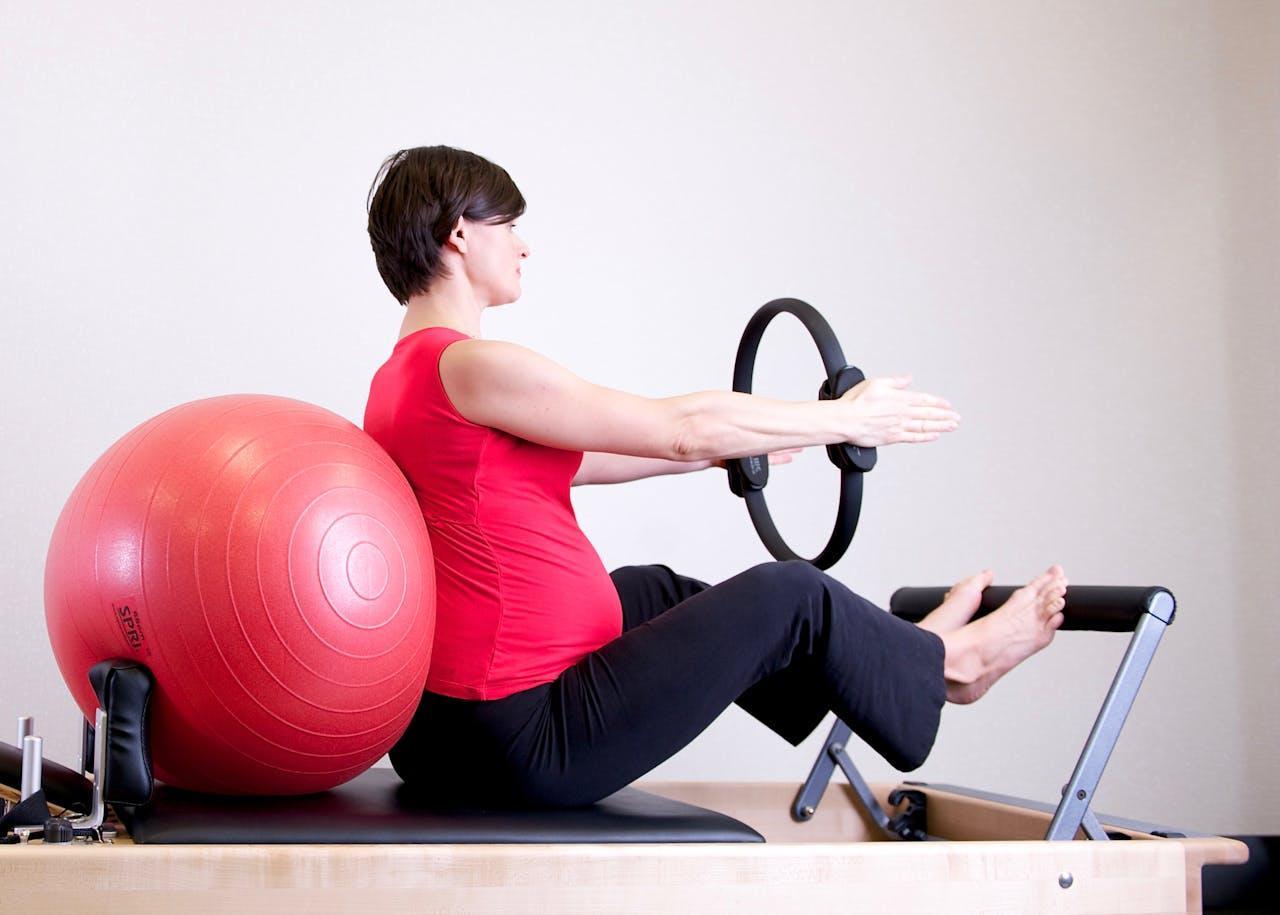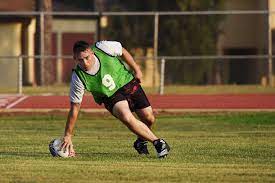Prenatal Pilates is a form of exercise that is specifically designed for expecting mothers. It involves a series of gentle and low-impact movements that help to strengthen the muscles and improve flexibility. Prenatal Pilates has become increasingly popular in recent years, as more and more women are looking for safe and effective ways to stay active during pregnancy.
There are many benefits to practicing Prenatal Pilates during pregnancy. For one, it can help to reduce the risk of certain pregnancy-related complications, such as gestational diabetes and preeclampsia. It can also help to alleviate common pregnancy symptoms, such as back pain, swelling, and fatigue. Additionally, Prenatal Pilates can help to prepare the body for childbirth by strengthening the pelvic floor muscles and improving overall muscle tone.
Fundamentals of Prenatal Pilates
Defining Prenatal Pilates
Prenatal Pilates is a modified form of Pilates that is specifically designed for pregnant women. It focuses on strengthening the muscles that are used during pregnancy and childbirth, such as the pelvic floor, abdominals, and back muscles. Prenatal Pilates can help expecting mothers improve their posture, alleviate back pain, and prepare their bodies for labor and delivery.
Core Principles and Techniques
The core principles of Prenatal Pilates are similar to traditional Pilates, but with modifications to accommodate the changes in a pregnant woman’s body. The focus is on breathing, alignment, and core stability. Expecting mothers are encouraged to maintain good posture and engage their deep abdominal muscles during exercises. Prenatal Pilates emphasizes slow, controlled movements to avoid any sudden or jerky movements that could be harmful to the baby.
Some common techniques used in Prenatal Pilates include pelvic tilts, Kegels, and modified versions of traditional Pilates exercises such as the Hundred, the Roll-Up, and the Swan. Props such as stability balls, resistance bands, and Pilates rings may also be used to add variety and challenge to the workouts.
Safety Guidelines and Considerations
It is important for pregnant women to consult with their healthcare provider before starting any exercise program, including Prenatal Pilates. Expecting mothers should also look for a certified Prenatal Pilates instructor who has experience working with pregnant women.
During Prenatal Pilates, expecting mothers should avoid lying flat on their backs after the first trimester, as this can put pressure on the vena cava and reduce blood flow to the baby. They should also avoid any exercises that cause pain or discomfort, and should listen to their bodies and rest when needed.
Prenatal Pilates can be a safe and effective way for expecting mothers to stay active and prepare their bodies for childbirth. By following the core principles and techniques of Prenatal Pilates and adhering to safety guidelines and considerations, pregnant women can experience the benefits of Pilates without putting themselves or their babies at risk.
Health Benefits for Expecting Mothers
Prenatal Pilates is a low-impact exercise that offers a range of health benefits for expecting mothers. Here are some of the benefits:
Enhanced Core Strength and Stability
Prenatal Pilates focuses on strengthening the core muscles, which are essential for maintaining good posture, balance, and stability during pregnancy. The exercises help to strengthen the abdominal, back, and pelvic muscles, which can help to reduce the risk of back pain and improve overall body strength.
Improved Flexibility and Posture
Prenatal Pilates also helps to improve flexibility and posture. The exercises help to stretch and lengthen the muscles, which can help to reduce muscle tension and improve range of motion. This can be particularly beneficial during pregnancy, when the body undergoes significant changes that can affect posture and flexibility.
Reduced Pregnancy Discomfort
Prenatal Pilates can help to reduce pregnancy discomfort, such as back pain, pelvic pain, and swelling. The exercises help to improve circulation, reduce inflammation, and promote relaxation, which can help to alleviate these symptoms.
Preparation for Labor and Delivery
Prenatal Pilates can also help to prepare the body for labor and delivery. The exercises help to strengthen the pelvic floor muscles, which can help to improve bladder control and reduce the risk of incontinence after childbirth. Additionally, the breathing techniques used in Pilates can help to improve breathing and relaxation during labor.
Postnatal Recovery Support
Prenatal Pilates can provide postnatal recovery support. The exercises can help to strengthen the core muscles, improve posture, and reduce the risk of postpartum depression. Additionally, Pilates can help to improve overall body strength and fitness, which can help new mothers to cope with the physical demands of caring for a newborn.
Overall, Prenatal Pilates is a safe and effective way for expecting mothers to stay fit and healthy during pregnancy. With its focus on core strength, flexibility, and posture, it offers a range of benefits that can help to improve overall health and wellbeing.



